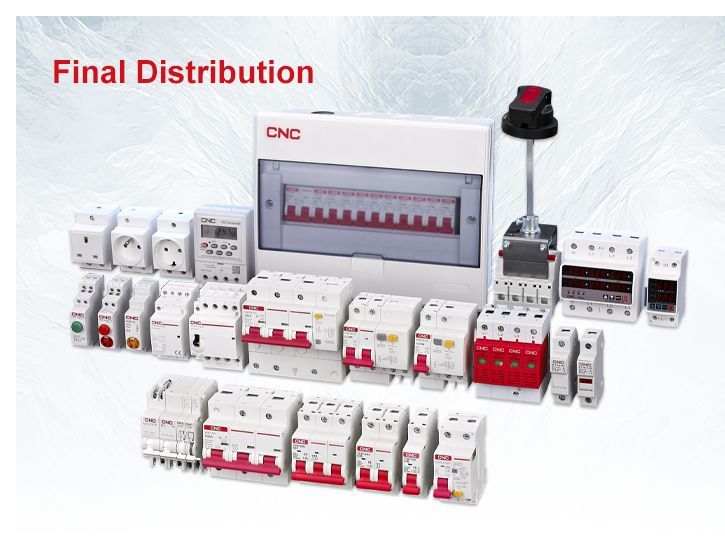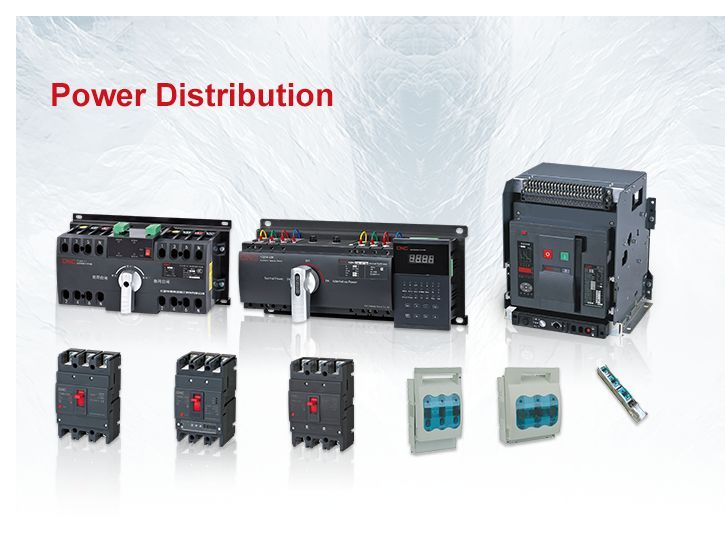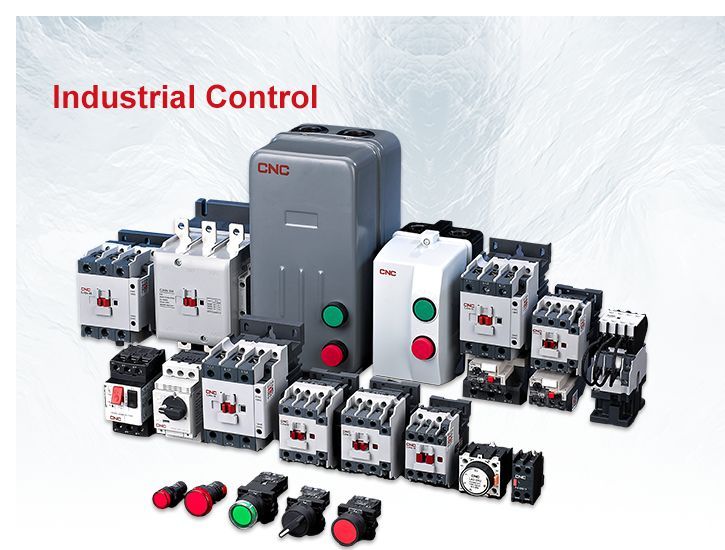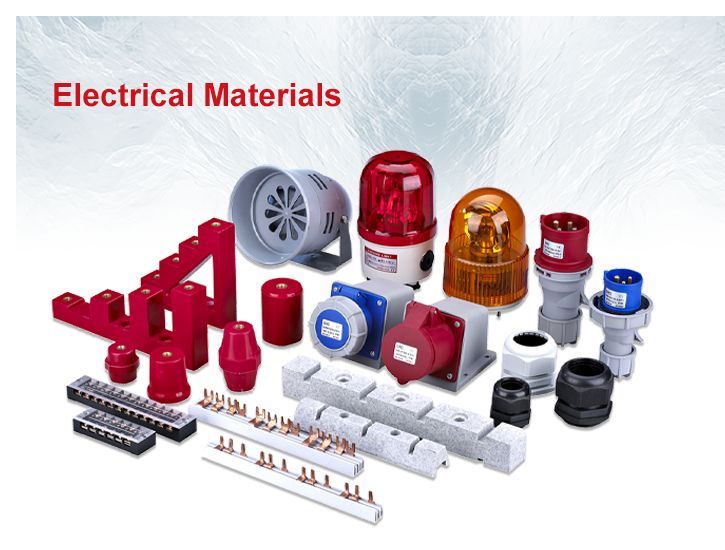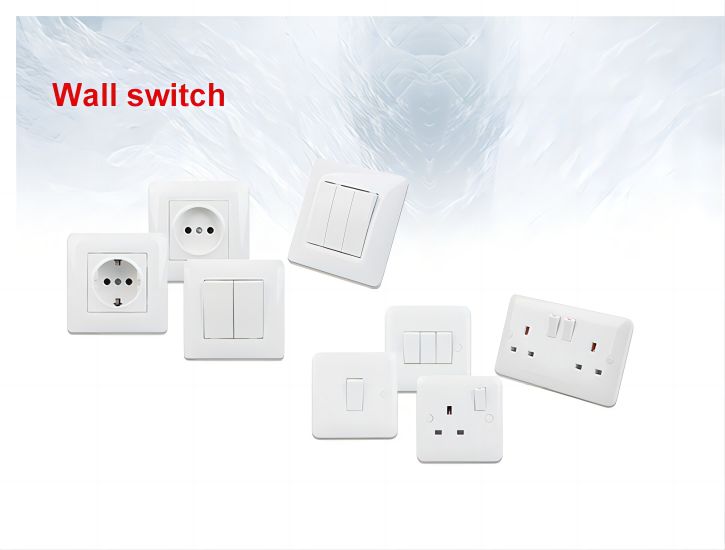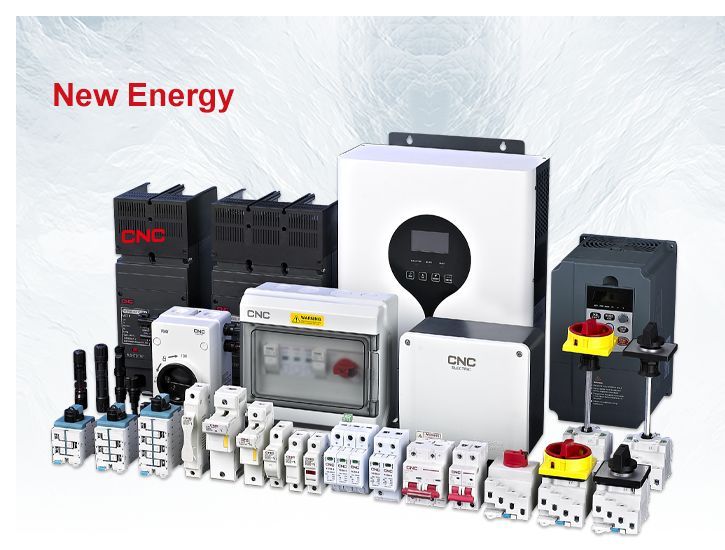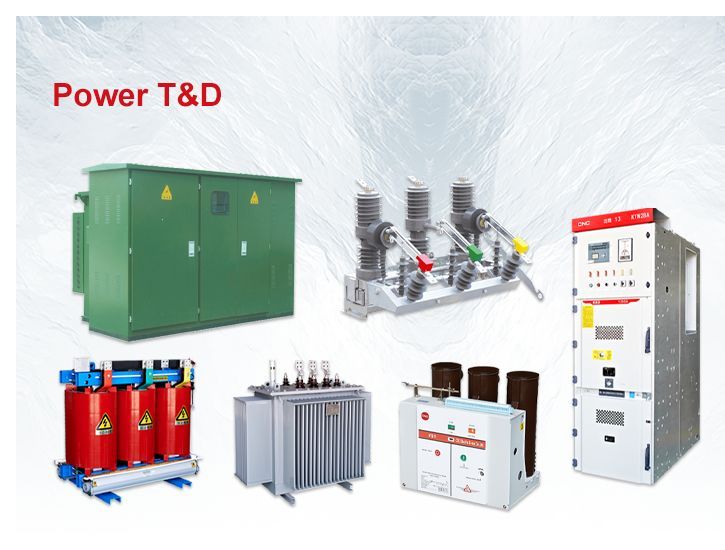What is an RCBO?
RCBO or Residual Current Circuit Breaker with Overcurrent Protection, is a very common electrical system that combines the advantages of residual current (leakage) protection and overcurrent protection into one unit. It's commonly used in settings where protection against earth faults, overloads, and short circuits is crucial, offering overall safety for electrical systems.
What is the difference between RCBO and other Circuit breaker?
- RCCB Comparison: RCCBs only provide leakage protection, but an RCBO protects from overload, short-circuiting, and leakage.
- MCB Comparison: MCB provides overload protection and only short-circuit, but no leakage protection.
How Does an RCBO Work?
- Leakage Detection: The residual current breaker uses an integrated residual current transformer to detect differences in the balanced current flow in the live (L) and neutral (N) conductors. An imbalance occurs when there is a current leakage—current flowing through the human body or another unintended path to the ground, and the RCBO detects this. If the residual current surpasses a specified limit, the RCBO immediately cuts off the circuit to eliminate electric shock risks.
- Overcurrent Protection: With RCBO’s, Overload and Short Circuit protection mechanism are integrated. When the current exceeds the component or wire’s rated capacity (e.g., due to short circuit or equipment failure), the built-in thermal-magnetic trip unit trips the circuit, protecting electrical equipment and wiring from damage.
Common Applications of RCBO:
- Residential Distribution: To avoid accidents due to leakage, overload, short circuit, RCBOs protect individual circuits in home electrical systems, ensuring the safety of householders.
- Commercial Buildings: In offices, shopping malls and similar environments, RCBOs protect lighting systems, power outlets and other electrical equipment, ensuring reliable operation and minimising downtime due to electrical faults.
- Industrial Environments: RCBOs are utilized in manufacturing and industrial environments to safeguard machines and control systems, mitigating damage and downtime due to electrical malfunctions.
- outdoor installation outdoors: such as courtyard lamps and equipment for garden, use RCBOs with leakage and overcurrent protection essential, especially humid and dusty environments.
RCBO Specifications and Model Selection:
- Maximum Ratings: Most commonly found ratings include 6A, 10A, 16A, 20A, 25A, 32A, 40A, 50A, and 63A; CNC's YCB9LE series of RCBOs can manage current up to 80A.
- Sensitivity of Residual Current: Usually 30mA for domestic or 100mA and above downstream of industrial.
- Trip Curve Types: A, B (3-5 In), C (5-10 In), D (10-20 In) for different load capabilities.
- CNC Suggested Models: CNC has a complete offering, the YCB9 series (high performance), YCB7 series (standard models), and YCB6 series (value).
Why Choose CNC RCBOs?
- Extensive Product Selection — CNC’s three-tier product offering provides performance and price benefits for every need.
- Technical Support: CNC outlets provide dedicated technical teams and a global service network ensuring seamless customer support.
- Global Standards: CNC RCBOs also meet IEC, CE, and other international standards, allowing access to global markets.
- Advanced Manufacturing: the factory is characterized by intelligent automatic production lines, which can guarantee high precision and consistency, coupled with strict quality control to make our products stable and reliable.
Conclusion
RCBOs are indispensable components for modern electrical systems, offering a dual layer of protection against residual current leakage and overcurrent issues. Whether for residential, commercial, or industrial applications, selecting the right RCBO ensures not only compliance with safety standards but also peace of mind. CNC stands out as a trusted provider of high-quality RCBOs, combining advanced technology, rigorous quality assurance, and global certifications to deliver solutions that meet the diverse needs of customers worldwide. Choose CNC for reliable, efficient, and future-ready electrical protection.
Leave Your Message
Post time: Dec-29-2024

 Projects
Projects.jpg) Solutions
Solutions Services
Services News
News About Us
About Us